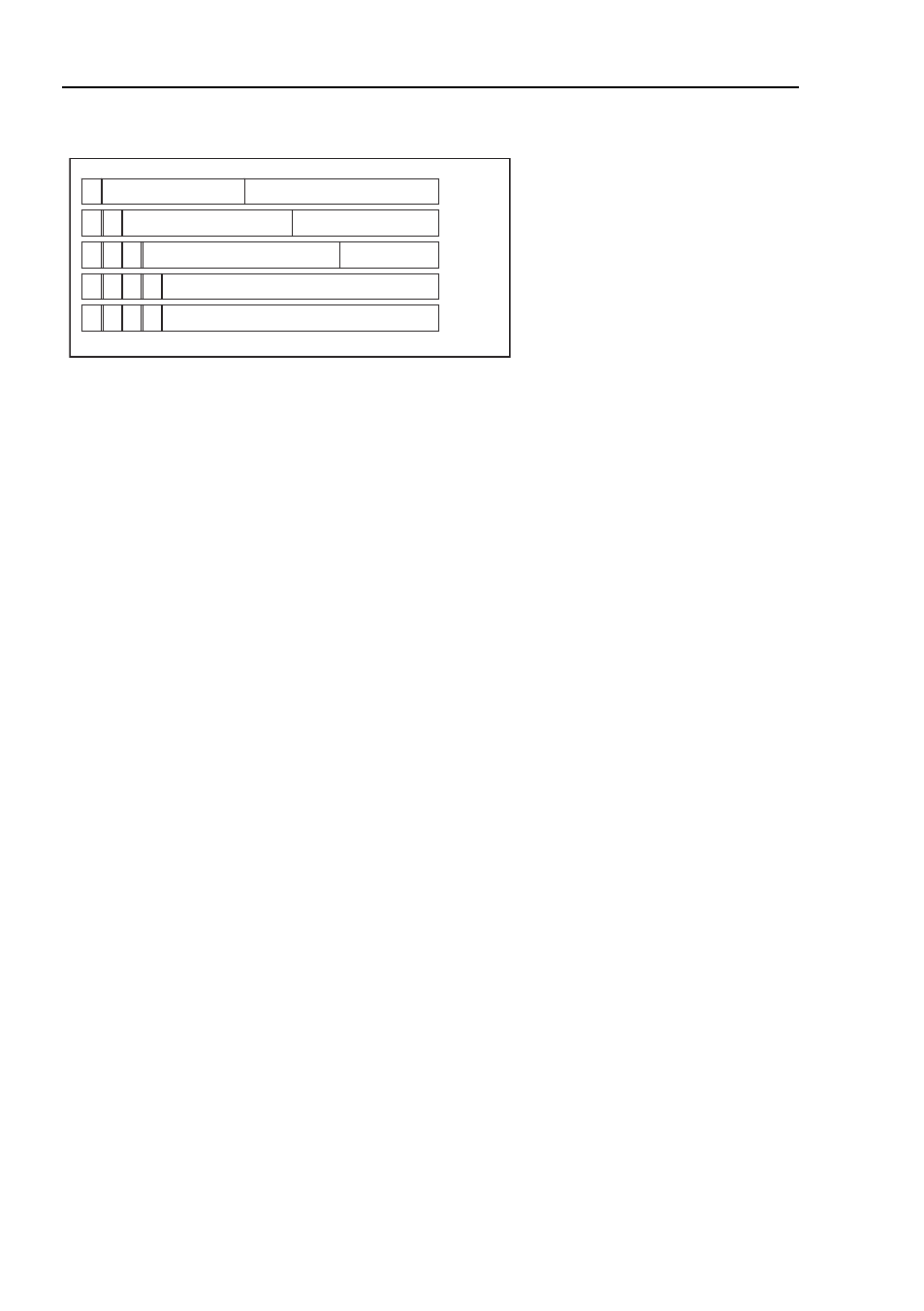2 netmask 28, 2 netmask, Figure 7: bit representation of the ip address – Pilz PSSnet SHL 8T MRP User Manual
Page 27

Entering the IP Parameters
28
2.1 IP Parameter Basics
PSSnet SHL - Basic Configuration
Pilz GmbH & Co. KG, Felix- Wankel Str. 2, 73760 Ostfildern
Figure 7: Bit representation of the IP address
An IP address belongs to class A if its first bit is a zero, i.e. the first decimal
number is less than 128. The IP address belongs to class B if the first bit is a
one and the second bit is a zero, i.e. the first decimal number is between 128
and 191. The IP address belongs to class C if the first two bits are a one, i.e.
the first decimal number is higher than 191.
Assigning the host address (host id) is the responsibility of the network oper-
ator. He alone is responsible for the uniqueness of the IP addresses he as-
signs.
2.1.2 Netmask
Routers and gateways subdivide large networks into subnetworks. The net-
mask assigns the IP addresses of the individual devices to a particular sub-
network.
The division into subnetworks with the aid of the netmask is performed in
much the same way as the division of the network addresses (net id) into
classes A to C.
The bits of the host address (host id) that represent the mask are set to one.
The remaining bits of the host address in the netmask are set to zero (see
the following examples).
Net ID - 7 bits
Host ID - 24 bits
0
I
I
I
0
I
I
I
I
0
I
I
I
0
Net ID - 14 bits
Net ID - 21 bits
Multicast Group ID - 28 bits
reserved for future use - 28 b its
Class A
Class B
Host ID - 16 bits
Host ID - 8 bit s
Class C
Class D
Class E
